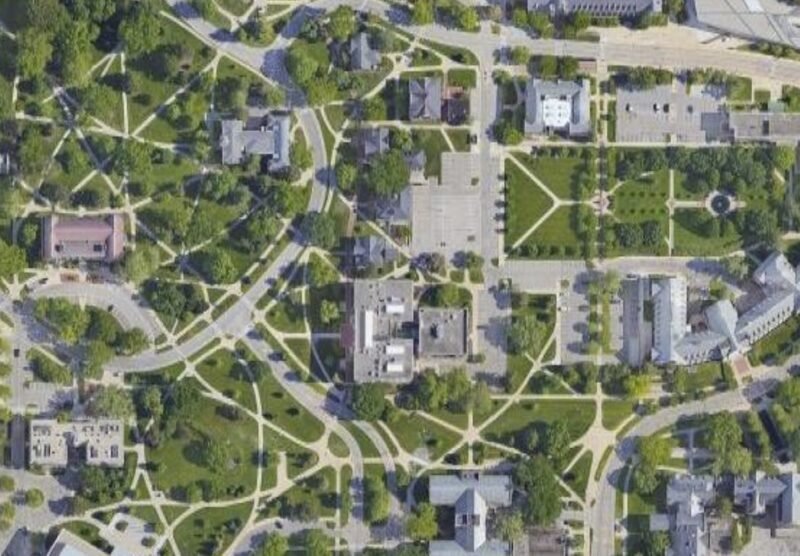Public Farming In New York City
New York architecture office WORK has made a temporary Public Farm. The installation in Queens is the winning submission for the PS1 Young Architect Program by MoMA. The public farm challenges a wide-spread concept of our modern society: the idea of the separation of agriculture and urbanism. It tries to reconnect the urban lifestyle to food production as a more post-modern farming concept.
Nowadays, food travels 3000 miles around the world averagely. The idea of urban agriculture aims to reduce this distance to 3000 feet. Next to fruits (strawberries, melons), vegetables (tomatoes, pumpkins) and herbs, the public farm produces chicken eggs (1/2 a dozen eggs a day). Some of the eggs are collected for the use in the PS1 restaurant, others are sold at the closeby public green market on Saturdays.

WORK’s intention is to educate thousands of visitors on sustainable urban farming through the unique medium of contemporary architecture. The Public Farm will function as an urban farm while providing an outdoor social space for the summer. It brings people together around the experience of growing foods as a temporary public space.
 “The semi-vertical garden is made up of slanted rows of large cardboard planter tubes sweeping high above the gravel courtyard. The planting tubes are constructed in circular daisy patterns, with a ‘picking hole’ inside each grouping. At the points where the rows of planting tubes are only a few feet out of reach, visitors can use a ladder to rise up out of the picking holes and pick the plants growing in the tubes around them. For the outer points at which the tubes are much further from the ground, there is a genie to lift the pickers up. In the center of the farm there lies a refreshing wading pool”, is stated.
“The semi-vertical garden is made up of slanted rows of large cardboard planter tubes sweeping high above the gravel courtyard. The planting tubes are constructed in circular daisy patterns, with a ‘picking hole’ inside each grouping. At the points where the rows of planting tubes are only a few feet out of reach, visitors can use a ladder to rise up out of the picking holes and pick the plants growing in the tubes around them. For the outer points at which the tubes are much further from the ground, there is a genie to lift the pickers up. In the center of the farm there lies a refreshing wading pool”, is stated.
The plants are watered by a drip rain water irrigation system using the water from the nearby cistern roof, directly to the roots of the plants. The whole concept is natural, which means that only recyclable materials are being used. The design team used a lighter type of soil. Gaia soil, developed by Dr. Paul Mankiewicz of the Gaia Institute, made in part from recycled styrofoam. The entire installation is powered by 16 solar panels, which also powers a juicing station.
The whole idea of public farming in the city is a very inspiring idea considering the enormous ecological footprint that modern cities have. This ecological footprint has grown wildly throughout history from a medieval conception of producing food at the countryside around the city (with a central food-market in the city) to a worldwide network of food distribution nowadays (with western-society supermarkets as final logistic centers). Rethinking food production as an urban activity and as a renewed program for the city using residual urban spaces might be one of challenges for the 21st century.



